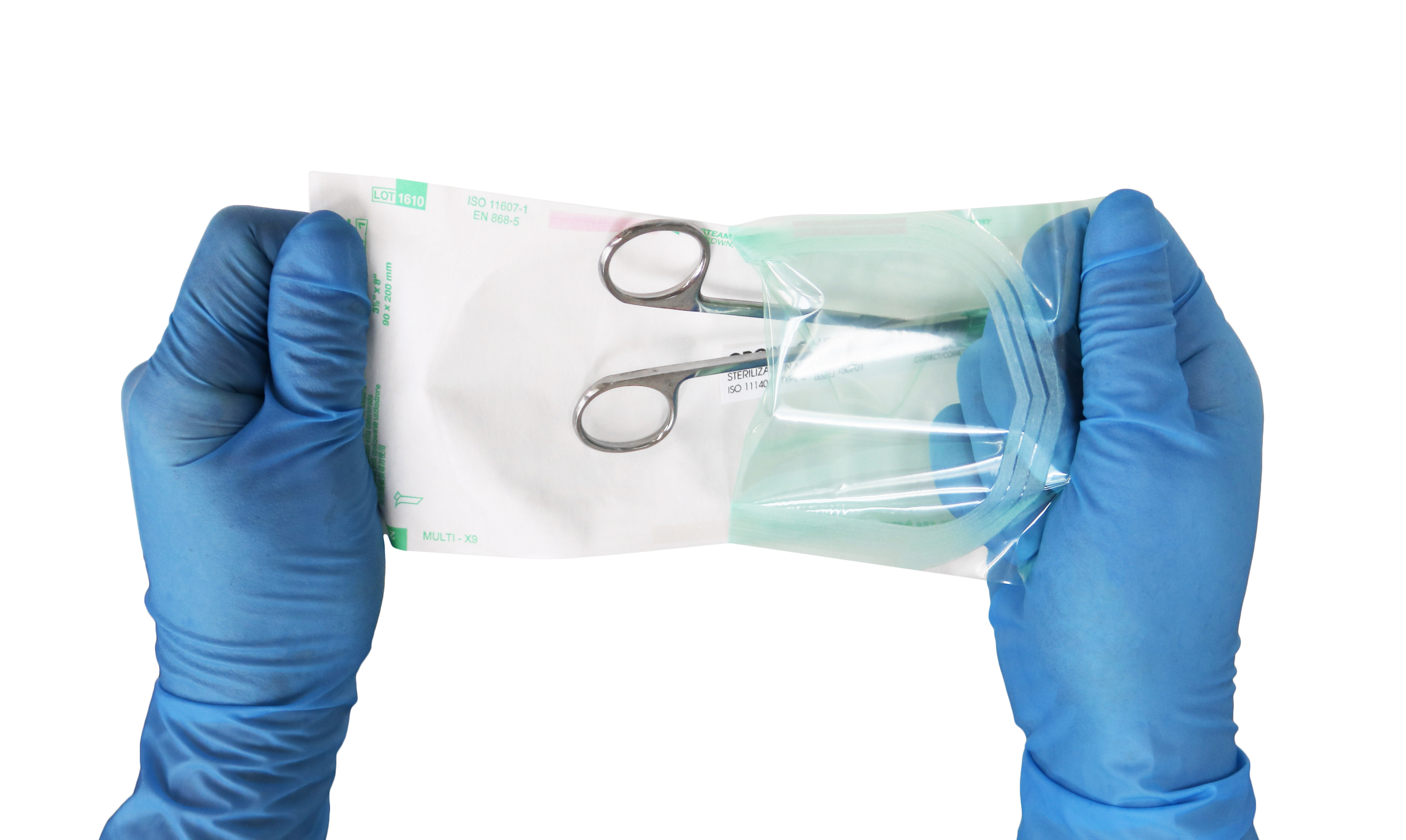NEW DIGITAL CAMERA TECHNOLOGY HELPS TO MEET THE CHALLENGE OF CLEANING COMPLICATED MEDICAL DEVICES – ISSUE NO. 287
December 1, 2014
If you are old enough, you will remember the "arms race" between the United States and the former Soviet Union. The upshot was that each side tried to develop technology and weapons that were superior to the other, in order to gain the upperhand or at least keep up.
In surgical services, it can be said that we also have an arms race. This is a friendly one, but nonetheless provides a challenge to all involved. On the "procedure" side of things, the goal has been to develop devices that are safer to use, reduce the trauma to the patient and provide capabilities that are superior to older instruments and methods.
On the "reprocessing" side, the sterile processing industry has been racing to keep up - as these new devices have typically represented greater challenges to cleaning and sterilization. Such devices often have internal channels not viewable to the naked eye. They have complicated hinge mechanisms that allow a wide range of motion, but also have multiple crevices, gaps, pulleys, gears, etc. that are not only complex, but tiny. New composite materials are joined with traditional stainless steel, or each other, to further complicate the task of cleaning. How are sterile processing professionals to cope?!
An article that just appeared in Surgical Products Magazine addresses this very issue. Can the same kind of endoscopic camera technology the surgeon uses to perform minimally invasive surgery be harnessed to aid the sterile processing professional in evaluating the cleanliness and functionality of these complicated medical devices? And be within the budget of the typical sterile processing department? With recent developments in digital camera technology, the answer is yes.
The new Flexible Inspection Scope is a digital camera (much like you find in your smart phone) which delivers remarkable clarity in a device that is far more robust than traditional fiberscopes, all in a package that is easy to use and operate. If you would like a demonstration of this marvelous new technology, just click on the coupon below.
HAVE A QUESTION?
WE ARE HERE TO HELP
Have a question about our products? Contact us today to speak directly to a Healthmark team member or shop our catalog now to request a inquiry


